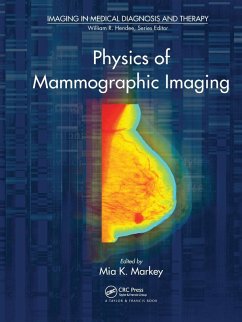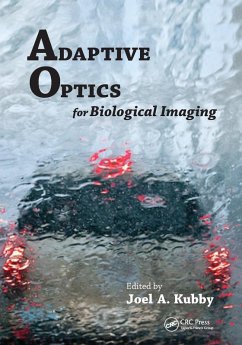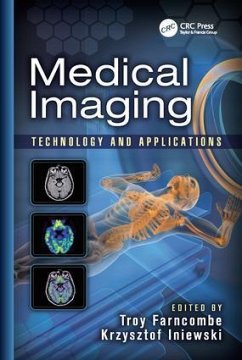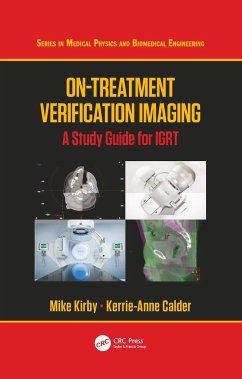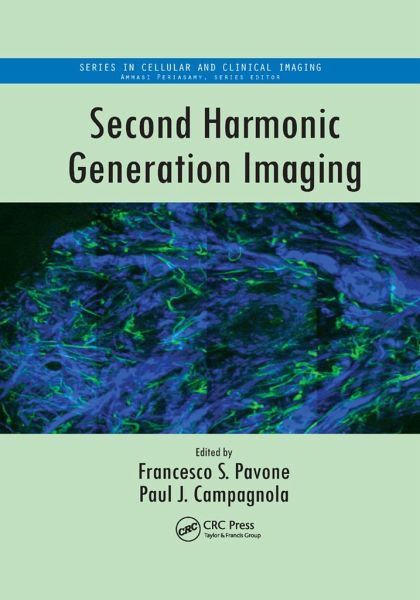
Second Harmonic Generation Imaging
Versandkostenfrei!
Versandfertig in 1-2 Wochen
115,99 €
inkl. MwSt.

PAYBACK Punkte
58 °P sammeln!
Second-harmonic generation (SHG) serves as the basis for a microscope imaging contrast mechanism that visualizes cell and tissue structure and function. This book gives a complete overview of the principles underlying this technique and its current applications, including use in molecular sensing. Covering practical issues related to instrumentation and methods, the text offers detailed reviews of the capabilities and use of SHG in biomedical research, from imaging of cancer and skin disorders to self-assembled gels, holographic SHG imaging, and tissue engineering applications.





